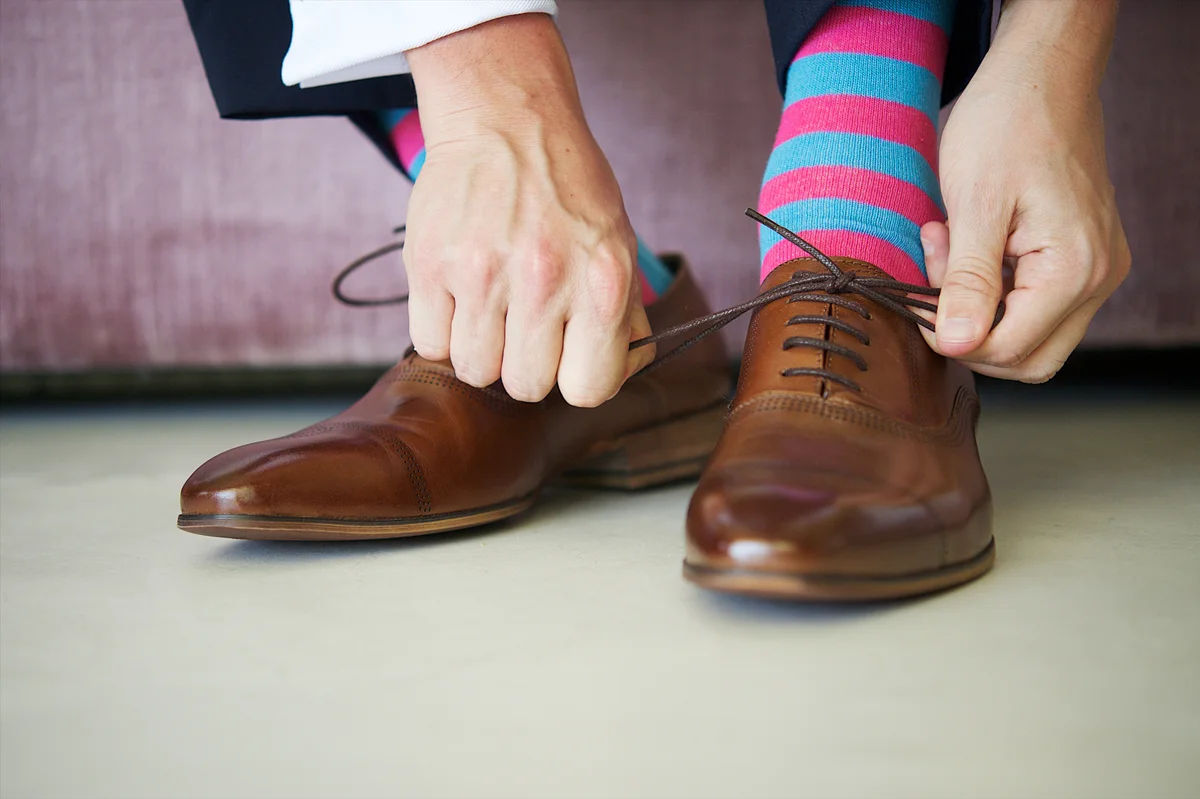By Lisa Salmon
Copyright independent

The age-old question of whether guests should remove their shoes upon entering a home often sparks heated debate.
For some, it’s a non-negotiable hygiene standard, essential for maintaining a clean living space. Conversely, others view the request as an unnecessary imposition, even considering it impolite to ask.
But what does scientific and practical expertise suggest? We consulted both a microbiologist and a flooring specialist to shed light on this common domestic dilemma.
“The shoes on versus shoes off debate continues to divide people, with many sitting firmly on one side of the discussion on whether you should remove yours when entering a home,” says Alex Heslop, trend expert at Flooring Superstore, who points out TikTok searches for ‘no shoe household’ were up 39 per cent in the past month alone.
He says reasons for taking your shoes off when entering a home can depend on culture, geography, household rules, and personal preferences. “Some people see taking shoes off in a home as a sign of respect, as well as a way to keep homes cleaner. On the other hand, others may find it more comfortable to keep shoes on.
“Taking shoes off also means you don’t need to clean your floors as regularly, which can in turn cause additional wear and tear.”
And Dr Primrose Freestone, an associate professor of clinical microbiology at the University of Leicester, suggests it might be best to let guests decide whether to take their shoes off in the house or not.
“I personally feel it’s up to the visitor to decide,” she says. “I’m a microbiologist and while understanding what exterior pollutants shoe bottoms can deposit in my home, I don’t ask visitors to take off their shoes. However, we do mop our floor surfaces with disinfectant every day – rugs and carpets getting lots of footfall are vacuumed every day and carpets cleaned every month.”
Freestone explains that food debris, skin cells, house dust mites, external animal faecal droppings, insects such as ants, pollen, bacteria, fungi and viruses, mould spores, dirt and dust have been found buried in carpets.
And a University of Arizona study found coliform bacteria – which is often considered an indicator of faecal contamination – outside 96% of shoes tested, and e. coli on 27% of the shoes.
“These pollutants sink into the carpet and may become airborne during vacuuming or even just walking on the carpet,” says Freestone.
Freestone says any germs or pollutants that drop off shoes in a home aren’t usually a health hazard, unless people have existing health problems.
“For most people this isn’t a problem, unless you have an inflammatory lung condition such as asthma, when what attaches to shoe bottoms can cause harm,” she says.
“The airborne debris from walked-on carpets and rugs can trigger exacerbations, and the American Lung Association recommends against carpets in favour of easier-to-clean and less allergen or pollutant-trapping hard flooring.”
“It’s almost impossible to keep germs and dirt out of a home,” warns Freestone. “Indeed, we shouldn’t want to, as some kinds of dirt can be healthy at certain times of our lives.”
She explains that the ‘hygiene hypothesis’ states that early life exposure of children to a variety of the germs in dirt (or from on their pets) helps to train their immune systems to distinguish harmless from harmful substances.
“Very clean modern living has become associated with an increased incidence of asthma and allergies to foods such as peanuts, which is not seen in developing countries,” she says. “The hygiene hypothesis view is early exposure to microbes is needed to prevent the immune system from overreacting to harmless substances.”
“What’s on your shoes will end up on your house floor if you don’t remove them,” stresses Freestone, who explains that hard surface floors are easier to keep clean as they are less of a sink for pollutants and can be mopped with disinfectant to get rid of any shoe-deposited pollutants or germs.
“Shoes walking on carpets is more of a problem as studies suggest the carpet material can act as a sink for a wide range of pollutants and allergens,” she says.
Freestone says carpets make homes warmer and can be visually attractive, but the fabric nature of carpets and rugs is harder to keep thoroughly cleaned than hard surface floors, particularly if people don’t take their shoes off when entering the house.
“The choice of a floor carpet or non-covered hard floor depends on personal preference and whether anyone in the family has allergies or respiratory conditions such as asthma that might be worsened from air particles embedded within carpets and rugs,” she explains.
Heslop says that as well as bringing in dirt and moisture, outdoor shoes can transfer abrasive particles like sand or grit that act like sandpaper on to flooring, wearing it over time.
“This can dull the finish on hardwood, stain carpets, and even scratch tile or laminate surfaces,” he explains. “High heels and heavy shoes can also create dents or cracks, especially in softer flooring materials.
“Constantly walking on carpets and rugs with shoes from outside can reduce their lifespan as dirt and debris gets embedded in the fibres, making them dirtier and more worn.”
He says mud and moisture causes discolouration and even mould if a carpet doesn’t dry out quickly, and muddy patches and stains which need cleaning products and a bit more elbow grease to remove can lead to fibres becoming worn and loose, he warns.
“So, while it may seem like a small ask, taking shoes off at the door is one of the easiest and most effective ways to extend the life of your flooring and maintain a cleaner home.”



